August 15 is celebrated in the Latin Church as the feast of the Assumption of the Virgin Mary and in the Orthodox Churches, we speak of the Dormition of Mary.
Daughter of the Hebrew people Mary is the first of the believers and holds a special place among Christians, but in Islam too she is chosen by God. An essential figure of faith for the three monotheisms, Christianity, Judaism and Islam do not, however, have the same approach. Representations and references have evolved over the centuries, nourishing both theology and art, popular devotion and traditions.
The feast of the Blessed Virgin called the Assumption among Catholics, and Dormition among Orthodox can also be presented as the “summer Easter” and closes the liturgical calendar composed of 12 feasts in all.
Protestants refuse to celebrate what they consider to be “idolatry”. − The feast of the Assumption celebrates the death, the resurrection, the entry into paradise and the coronation of the Virgin Mary.
She was thus “taken up to heaven” in body and soul. The use of this word marks the difference with the feast of the Ascension, which means to ascend, and which relates to the elevation of Christ to heaven.
That being said, if the story of Mary is so important for the Christian churches, it is of course because she was the mother of Jesus, conceived by the Holy Spirit, that is to say that Mary would have gave birth while remaining a virgin.
It was not good to be a Jewish mother, neither at the time of the Pharaoh of Egypt, nor in that of the Roman occupier, nor later in the times of the Crusades, nor of the Inquisition or the massacres of Poland in 1648. , nor of course in the accursed times of the Nazis.
Recognized in the three monotheistic religions, Mary remains an essential figure of believer in the history of spirituality.
A difference marked by the vision of the Church
There is, however, a doctrinal difference between the two churches. Catholics believe in the doctrine of the bodily assumption of the Virgin while the Orthodox Church speaks first of her dormition, that is to say of her real death (separation of soul and body) then of her resurrection (union of soul and body) and his ascension to his son.
“In the West, a distinction is made between the ascension of Jesus and the assumption of the Mother of God. Thus, it emphasizes the fact that Mary does not pass from death to life by her own strength, but that she is saved by virtue of the resurrection of her Son. For its part, the Eastern Church puts more emphasis on this aspect by emphasizing the dormition of the Mother of God and therefore her intimate connection with mortal humanity.
This elevation of the Virgin Mary is celebrated with special splendor and is not a dismal event for the Orthodox.
Among the Orthodox, the feast of the Dormition is the most important of the feasts of the Virgin. It is she who closes the liturgical year of the Byzantine rite. It is preceded, however, in the Eastern tradition, by a strict 14-day fast.
Large processions are accompanied by prayers and songs on the day of dormition but also the day before; believers circulate a decorated epitaph in honor of the Virgin and traditional festivals with music and folk dances take place on August 15th. The festivities generally last over several days, from August 14 to 23.
The Catholic Church does not speak of his death but of the Assumption. This dogma, defined by Pope Pius XII in 1950, explains that at the end of her life, she was “assumed”, body and soul. According to the Catholic faith, every human being will experience this same assumption, not at the time of death, but at the Resurrection of the flesh.
A century with the proclamation, on December 8, 1854, of the dogma of the Immaculate Conception by Pope Pius IX. Mary is conceived without sin and is therefore preserved from the corruption of the body. The Assumption therefore relies on the Immaculate Conception.
A divine privilege spared Mary from original sin. She therefore escapes death, a consequence of this same sin.
The Protestant Churches, for lack of scriptural text, deny the Assumption of Mary who, after the birth of Jesus, would have led a normal life.
Mary, Maryam in Arabic, mother of Jesus, is often mentioned in the Koran. It is found there in 34 occurrences against 19 in the Gospels and the Acts of the Apostles. But on these 34 Koranic occurrences, his name appears 24 times integrated into the designation of his son as Messiah. Consequently, Mary is only mentioned by name and for herself 11 times.
The only woman to be mentioned in a direct way in the Koran, she is described as a character above all suspicion, virgin, pure and purified by divine grace. Mary is also described in the Koran as the only woman consecrated to God from before her birth by her mother, and the only one to be greeted with veneration by the angels.
The Quran accepts, without hesitation, the story of the miraculous impregnation of Mary by the Holy Spirit. Nevertheless, he recognizes neither the divinity of Jesus, nor the reality of his passion, of his death on the cross, nor of his resurrection. According to the Koran, Jesus would not have died but would have been called back to him by God without going through the trials of passion or death.
Why the silence of Judaism on Mary?
The Jewish tradition is not directly interested in the person of Mary. This is mentioned only indirectly in the polemic which concerns the person and the doctrine of Jesus. But what is said about it was enough to found a legend whose memory has been quite tenacious, and which has been peddled in particular by a relatively late work, whose influence has been considerable in what could be called anti-lore folklore. -Christian.
It can be read in several baraitot (a baraita is a tradition of the tannaim period, first generation of the Talmud, which was not included in the Mishnah. Although it does not have the authority of the latter , it nevertheless reveals the mentality of the time). In several baraitot from the time of Rabbi Eliezer ben Hyrcanos and Rabbi Ishmael (around the end of the first and the beginning of the second century), Jesus appears under the name of Ben Pandera or Ben Pantera. This name is certainly very old, around the year 178, a Jewish testimony that Mary was divorced from her husband, a carpenter, after it was proven that she had committed adultery. Repudiated by her husband, she hides had to give birth to Jesus in secret. His father is said to have been a Roman soldier named Pantheras. This is not the place to report all the historical or philological explanations that have been proposed to account for this name. What is more important for us is to grasp the meaning of this legend and see how Jesus and his mother are rejected by their people.
The Virgin Mary represents the eternal mother and protector of all. This is why this mother with such a pure soul, who committed no sin, is so honoured, because so loved, for Christians.
Copyright ©2023 IMPACT EUROPEAN
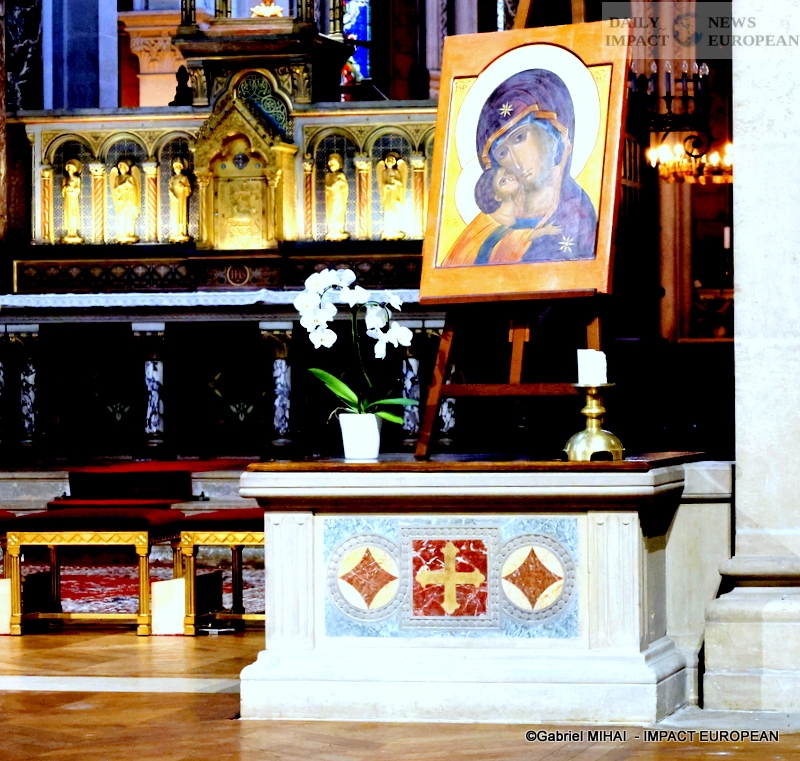
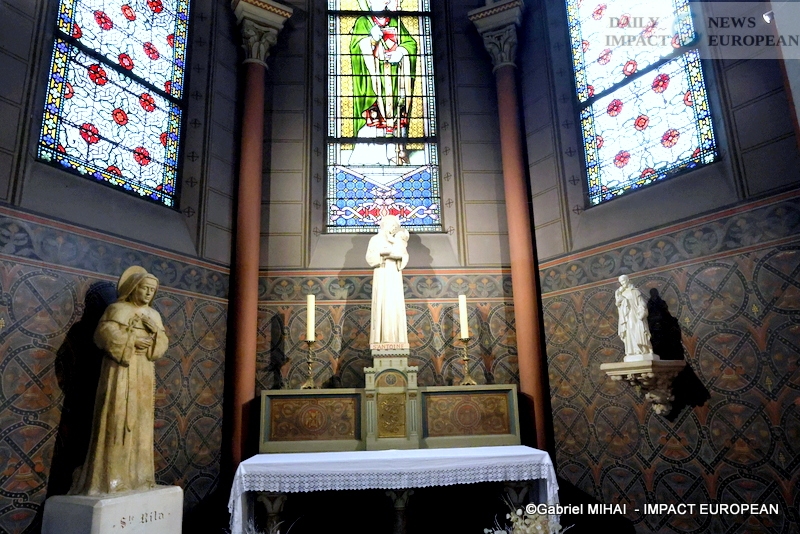

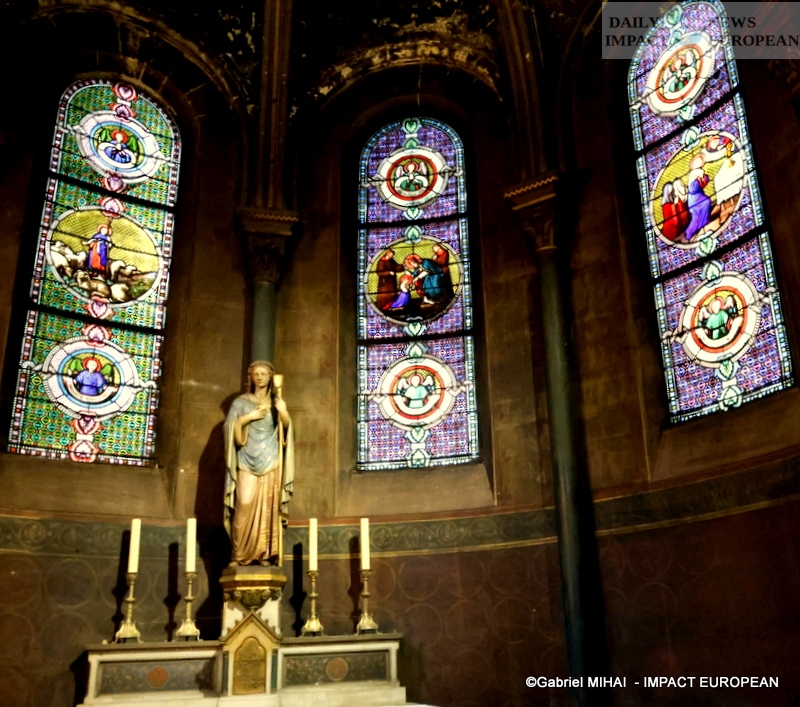
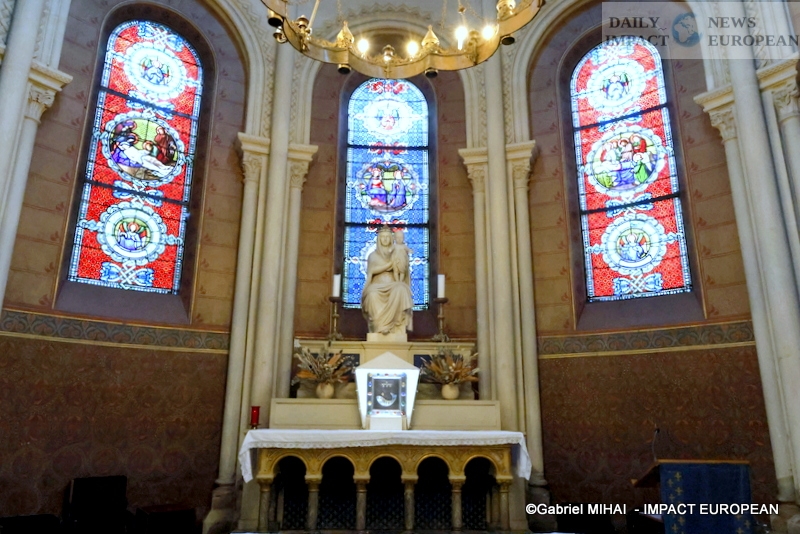
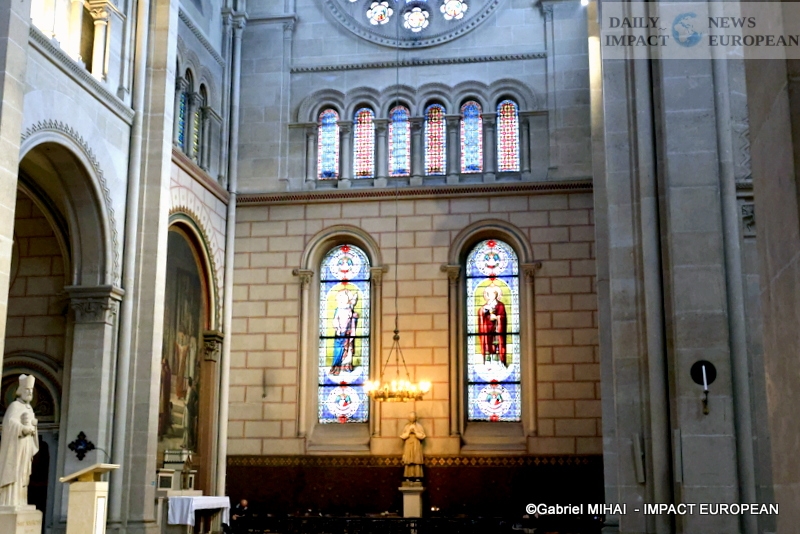
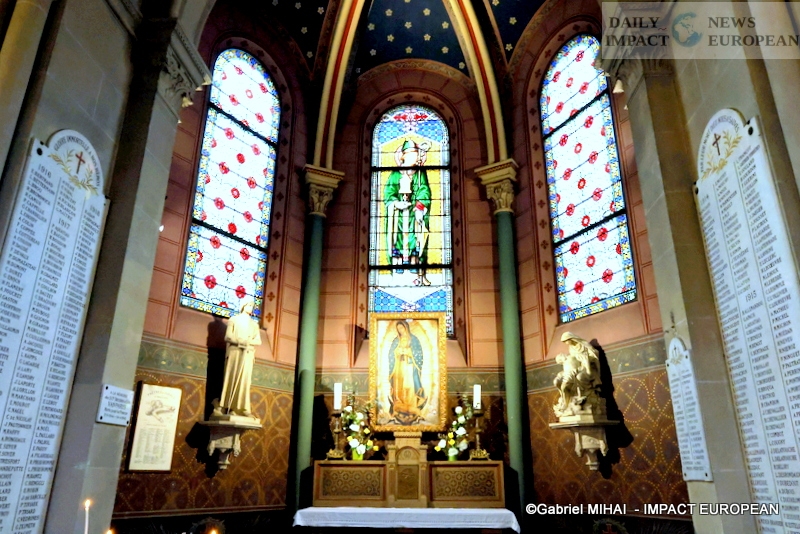
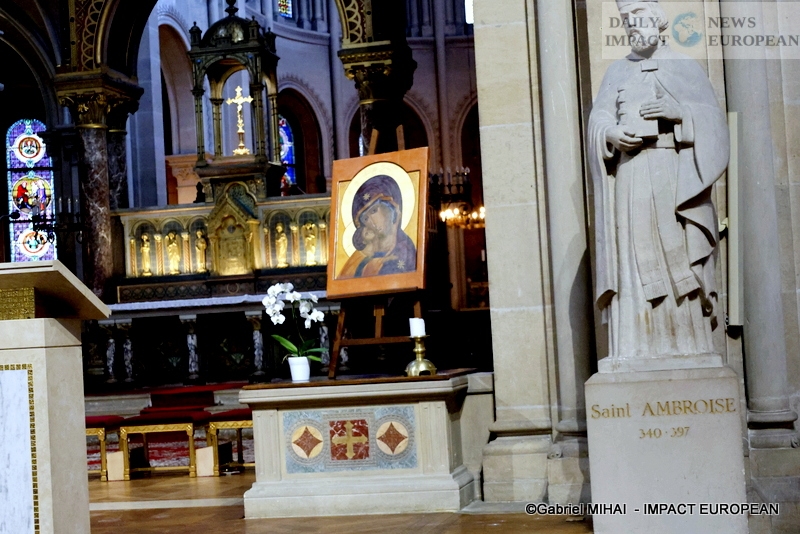
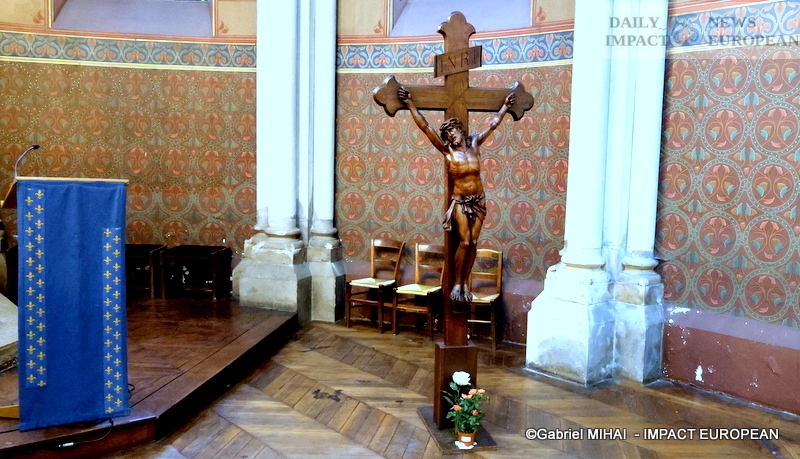
More Stories
Meeting between French and Israeli counterparts Emmanuel Macron and Isaac Herzog at the Élysée
“Dansong” at the Avignon Off Festival 2024
Olympic Flame at the Jardin du Musée Mac Val